How AI Jump-Starts Delivery And Keeps Order-Ahead Secure
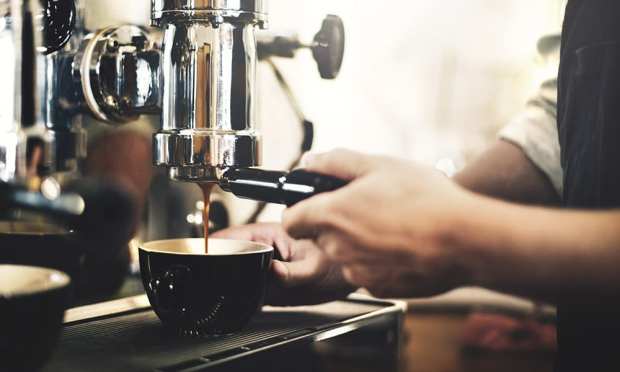
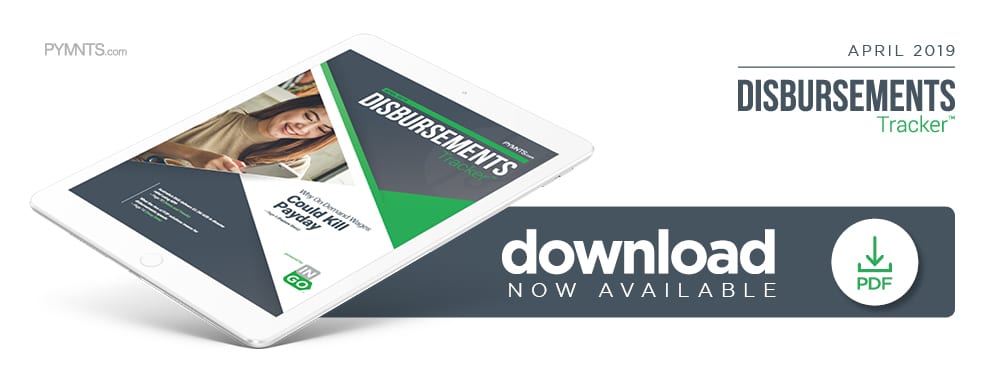 With mobile ordering now accounting for 60 percent of all digital orders, it has fast become the way the majority of consumers buy and pay for food today. This increased demand for mobile ordering means quick-service restaurants (QSRs) must focus on offering a seamless mobile experience if they want to retain customers.
With mobile ordering now accounting for 60 percent of all digital orders, it has fast become the way the majority of consumers buy and pay for food today. This increased demand for mobile ordering means quick-service restaurants (QSRs) must focus on offering a seamless mobile experience if they want to retain customers.
However, it’s not just QSRs that are racing to improve their mobile ordering experiences. Third-party apps like DoorDash and Uber Eats are pulling new tricks to get 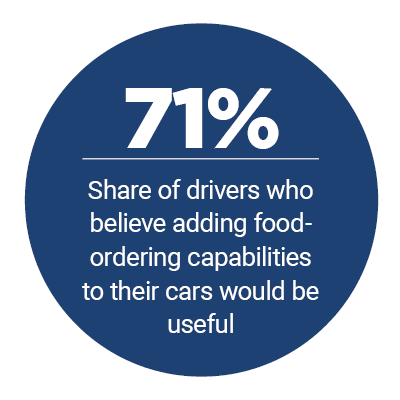 customers to choose them over competitors.
customers to choose them over competitors.
In the latest Mobile Order-Ahead Tracker™, PYMNTS looks at how these apps — and QSRs in general — are dealing with this increased competition, as mobile becomes the norm for customers looking for food, drinks and service as fast as possible.
Around the Mobile Order-Ahead World
With more consumers than ever turning to mobile apps for their QSR orders, the competition among online ordering platforms is increasingly fierce.
Some platforms, like Uber Eats, have slashed prices on their mobile apps in an effort to give themselves an edge over other third-party platforms. The move follows similar attempts by platforms like DoorDash, which recently launched a subscription service that minimizes the delivery fee for customers who use it.
Meanwhile, other services are resorting to old standbys like free food to drive customers to their apps, such as 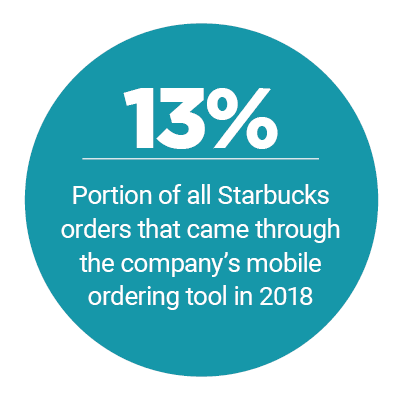 Domino’s Pizza. The brand is currently running a promotion that will allow users to gain points for free pizza by buying slices, even counting slices that are bought at other fast food pizza brands.
Domino’s Pizza. The brand is currently running a promotion that will allow users to gain points for free pizza by buying slices, even counting slices that are bought at other fast food pizza brands.
Additional brands, like Burger King and Taco Bell, are trying out similar promotions. Burger King, for example, is downgrading the price of its signature sandwich, the Whopper, to $.01 for a short period of time.
For more on what’s going on in the mobile order-ahead (MOA) world, visit the Tracker’s News & Trends section.
Costa Coffee Trials Delivery, Loyalty Program for a Faster Fix
Like fast food, coffee has always been a competitive space, with millions of customers around the world making a coffee purchase on a daily basis. As mobile ordering and delivery becomes the norm for the majority, however, other brands are looking for a space in the MOA world.
Costa Coffee is hoping its new MOA service, Costa Collect, will prove a worthy opponent to Starbucks within the brand’s native United Kingdom, according to Arslan Sharif, global digital and loyalty director for the brand, in a recent PYMNTS interview. App security, speed and partnerships with brands like Deliveroo are all ways the company is looking to augment the MOA experience for the modern customer, Sharif said.
For more on Costa Collect, visit the Tracker’s feature story.
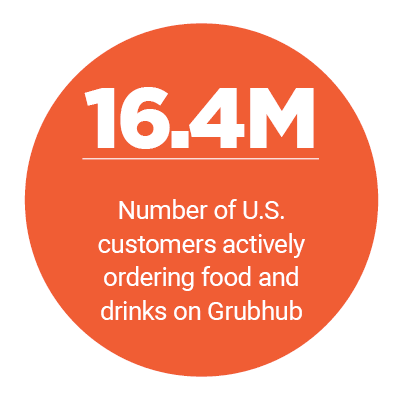 Deep Dive: QSRs Face MOA Infrastructure Challenges
Deep Dive: QSRs Face MOA Infrastructure Challenges
QSRs are attempting to create a mobile experience tailored for millennials, a generation that, on average, dines out five times per week.
As competition in the MOA world gets more intense, many QSRs are facing not just digital, but physical infrastructure costs as they restructure their brands to appeal more to the modern, mobile customer. QSRs that want to stay competitive need to provide a seamless payment experience, have an app with an easy user experience design for new customers, and find a way to please both walk-in customers who want a quick bite and MOA customers coming into the physical store for pickup.
For more on the challenges QSRs are facing, and how they’re responding to them, visit the Tracker’s Deep Dive.
About the Tracker
The Mobile Order-Ahead Tracker™, powered by Kount, serves as a monthly framework for the space, providing coverage of the most recent news and trends, along with a provider directory highlighting the key players contributing across the segments that comprise the mobile order-ahead ecosystem.
